.
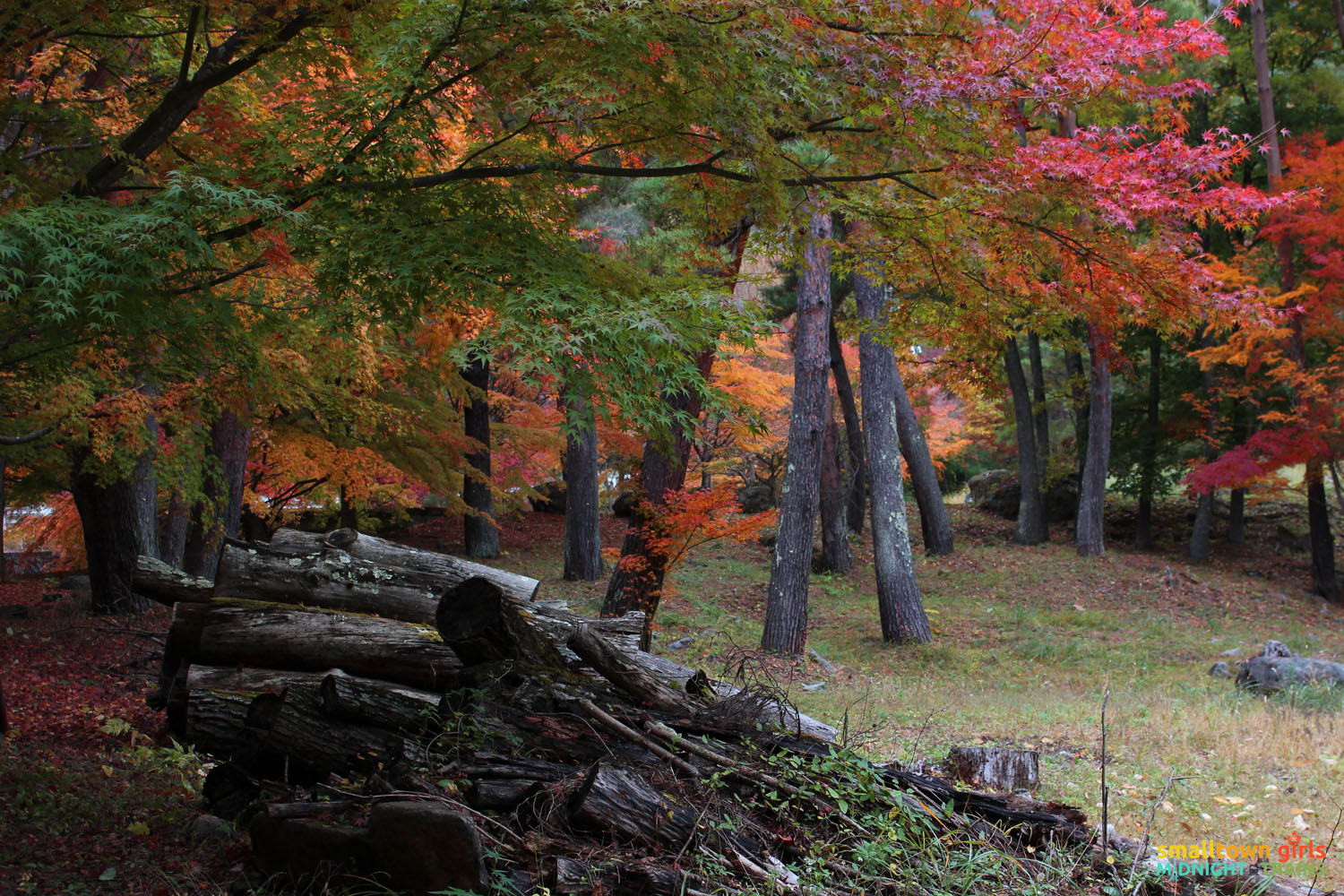
.
The appreciation of fall foliage is serious business in Japan. Just as with cherry blossoms, there is an entire industry devoted to predicting when the leaves would start to turn where. In my case, I was going to be in Tokyo on the second week of November — not exactly peak koyo season in Tokyo yet — so I figured my best bet would be a day trip to Lake Kawaguchi and its famous maple corridor, Momiji Kairo.
Lake Kawaguchi — sometimes called Lake Kawaguchiko, or just Kawaguchiko, since the -ko already indicates that it is a lake — is one of five lakes at the northern base of Mount Fuji. (That area, in fact, is called the Fuji Five Lakes region or Fujigoko and is part of the Yamanashi Prefecture of Japan.) Among the five lakes, Kawaguchiko is the easiest to access by public transportation and is therefore the one that is the most visited.
*
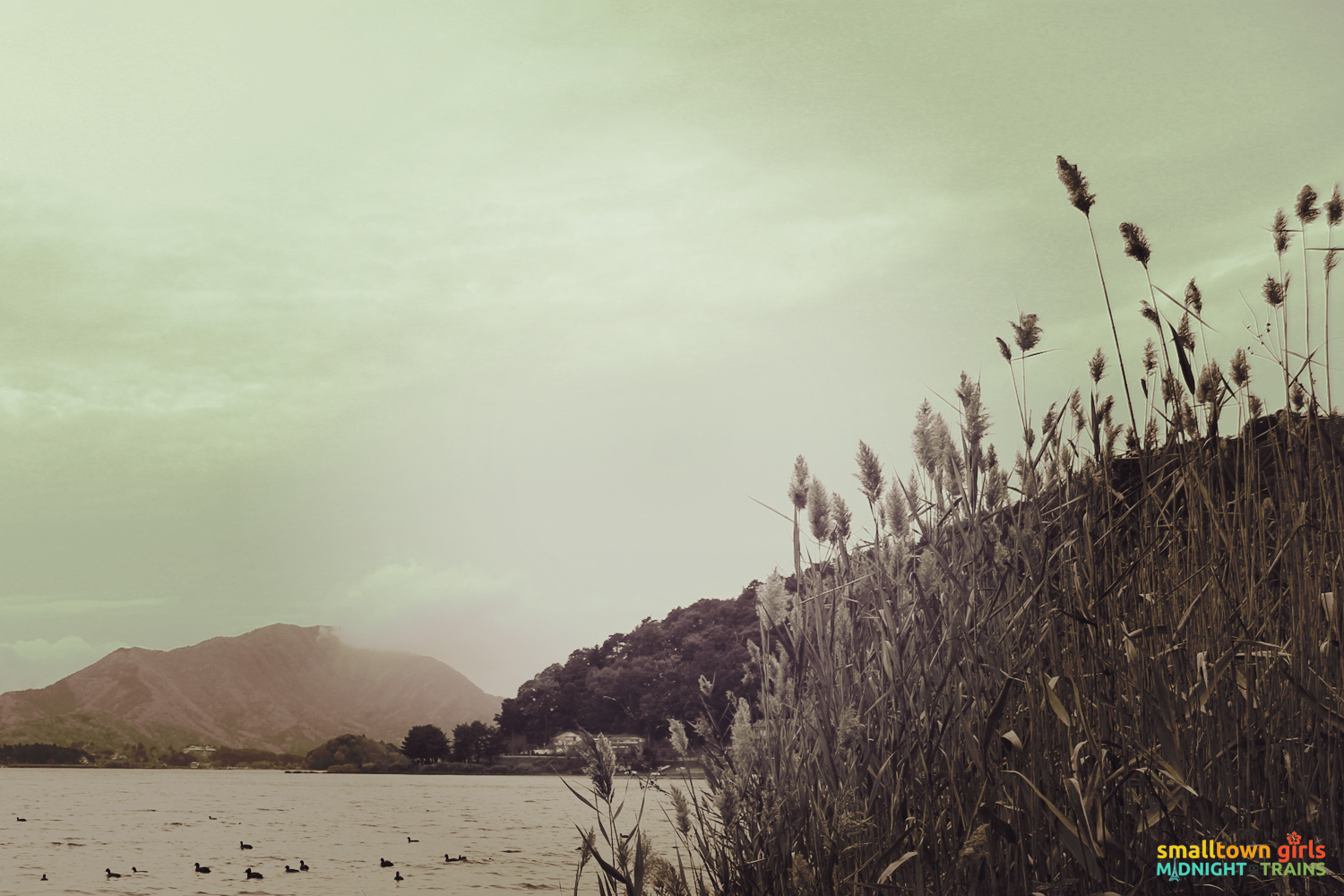
*
How to get to/around Lake Kawaguchi
_
From Tokyo, you can get to Kawaguchiko by bus or train, but the latter option is more complicated and — if I remember my research correctly — not cheaper even with a JR Pass. Take the bus.
- From Shinjuku Station: Take a Fujikyu or Keio Bus from the Shinjuku Highway Bus Terminal (opposite Yodobashi Camera near the West Exit of Shinjuku Station) to Kawaguchiko Station (2 hours/1750 yen).
* - From Tokyo Station: Take a Fujikyu or JR Kanto Bus from Tokyo Station (Yaesu South Exit) to Kawaguchiko Station.
*
From Kawaguchiko Station, take the retro bus around Lake Kawaguchi.
- A 2-day pass costs 1200 yen. (There is no one-day pass, unfortunately.)
* - A one-time journey from Kawaguchiko to Itchiku Kubota stop is only 380 yen.
* - Momiji Kairo is a 1-minute walk from the Itchiku Kubota Museum stop.
*
Fuji-san! Fuji-san!
_
Being at the base of Mount Fuji, Lake Kawaguchi is, of course, one of the best places in Japan from which to view its most famous mountain. That said, there are no guarantees: Fuji-san is famous for being a tease. I know quite a few people who have intentionally sought out Mount Fuji but had to leave Japan sans a sighting. Clouds are known to surround not just the summit but the bulk of the mountain itself and indeed, when I arrived in Kawaguchiko, I didn’t even know in which direction to look for Mount Fuji. I got off the retro bus, walked to the lake, and didn’t even realize there was a mountain — much less the mountain — almost directly across me. It was an overcast day; I had zero expectations of seeing Mount Fuji.
After about an hour of snapping maple leaves, though, a fellow tourist came up to me, speaking in Thai. Upon realizing I wasn’t, after all, a fellow Thai, he switched languages. “Have you seen Mount Fuji?”
I thought he was going to ask for directions so I said, “No, I’m sorry. It’s cloudy, I don’t think –”
“No, no,” he said. “Look!” He pointed.
And there it was: Mount Fuji, just above the roof of one of the buildings of the Itchiku Kubota Museum. Clouds still hovered over its summit but it was there — I just hadn’t bothered to look up. I guess that’s the problem with setting low expectations: sometimes you don’t bother trying hard enough, even though it would have just been so easy.
I walked back towards the direction of the lake, now keeping an eye on the snow-capped cone. In the middle of taking more shots of the fall foliage, I realized there was now only a thin cloud covering the summit of Mount Fuji…and that it was slowly moving away…and then…
“Fuji-san! Fuji-san!” I wanted to shout, only I wasn’t brave enough. (I was alone.) It didn’t matter. Barely a second after I caught my first glimpse of the summit, a group of Japanese tourists shouted it out for me. “Fuji-san!”
*
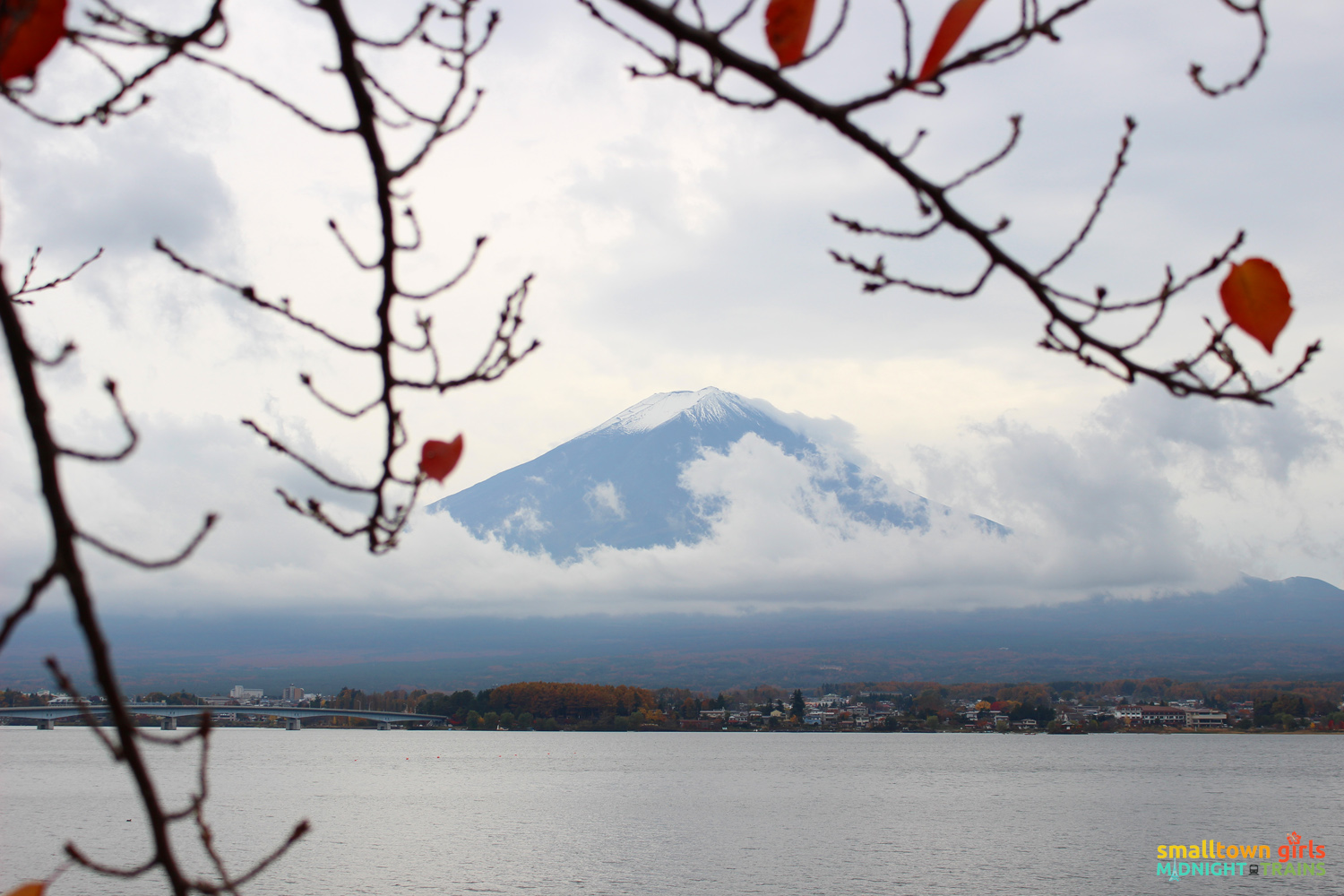
_
It felt…I don’t know. I’m not sure how I felt then. I was thrilled, certainly, and I think part of the thrill was being able to see — for little effort and with little anticipation — something some people anticipate and put a lot of effort into seeing, without success. I also still felt silly about that, about not putting more effort earlier into seeing Mount Fuji — I felt like I didn’t deserve to see it as much as other people did, because I hadn’t cared as much as they had. And a third part of me was simply amazed. I don’t care that much for superlatives so, sure, Mount Fuji is the tallest mountain in Japan, but so what. It was only when I saw it that I realized what the big deal was: it was big, and looking at it, I realized how much effort it must take to climb it. A person on Fuji-san’s slopes, from my vantage point, would be a mere dot…a pinprick, really. And once again I felt silly for having been so blasé about it. There’s nothing impressive about being unimpressed by greatness. I felt chastened. And humbled. And lastly, I felt blessed. I know #blessed is so overused as to have become annoying, but I did feel like: here’s something I don’t deserve and didn’t even exactly want but got. As I wrote in my off-the-cuff post about it last November: “I guess what they say is true: what’s meant to be will be. Even if it’s not what you were aiming for. Even if you have to get lost a couple of times to get there.”
*
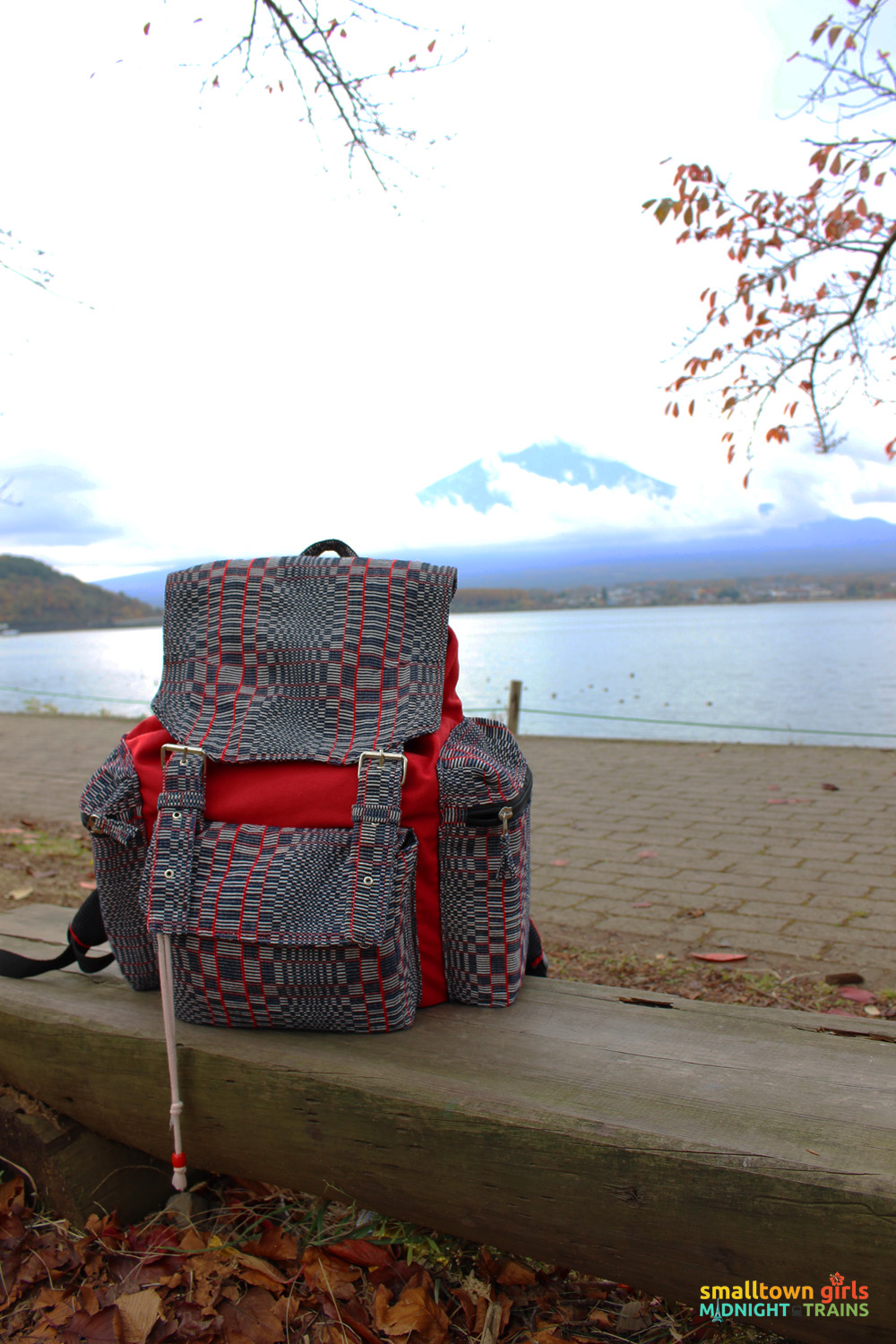
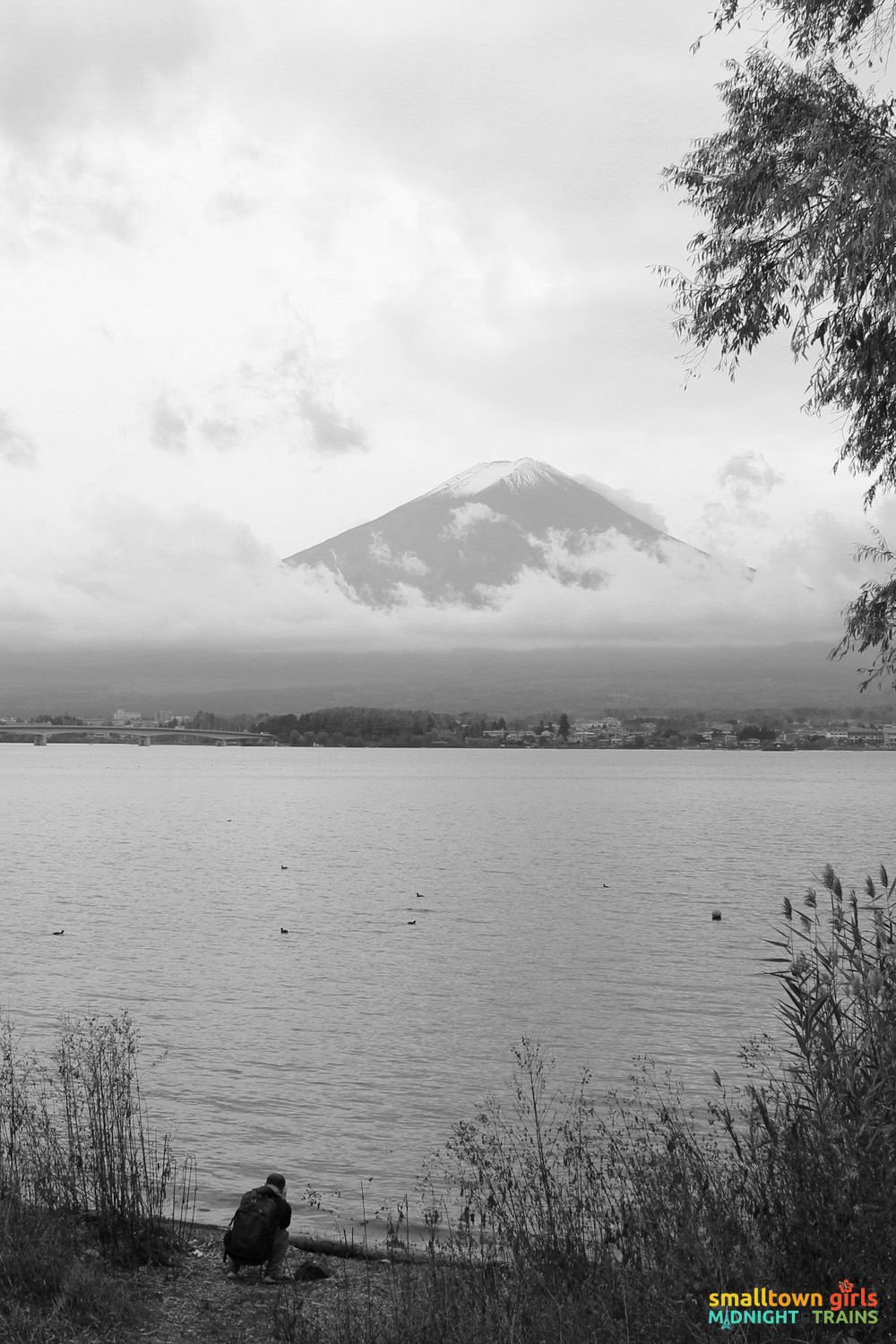
*
Momiji Kairo
_
But, you may wonder, the maple corridor? The point of this post?
In the northern banks of Lake Kawaguchi are two parallel rows of maple trees that form a particularly colorful tunnel in fall. It’s right beside the Itchiku Kubota Museum stop of the retro bus — the bus will have a route map inside, listing all the stops — but you’ll know it when you see it and by the way the bus driver proclaims: “Momiji Kairo. Momiji Kairo.”
Momiji Kairo. The maple corridor. Also known as the Walkway of Autumn Leaves, a romantic name it entirely deserves because look:
*
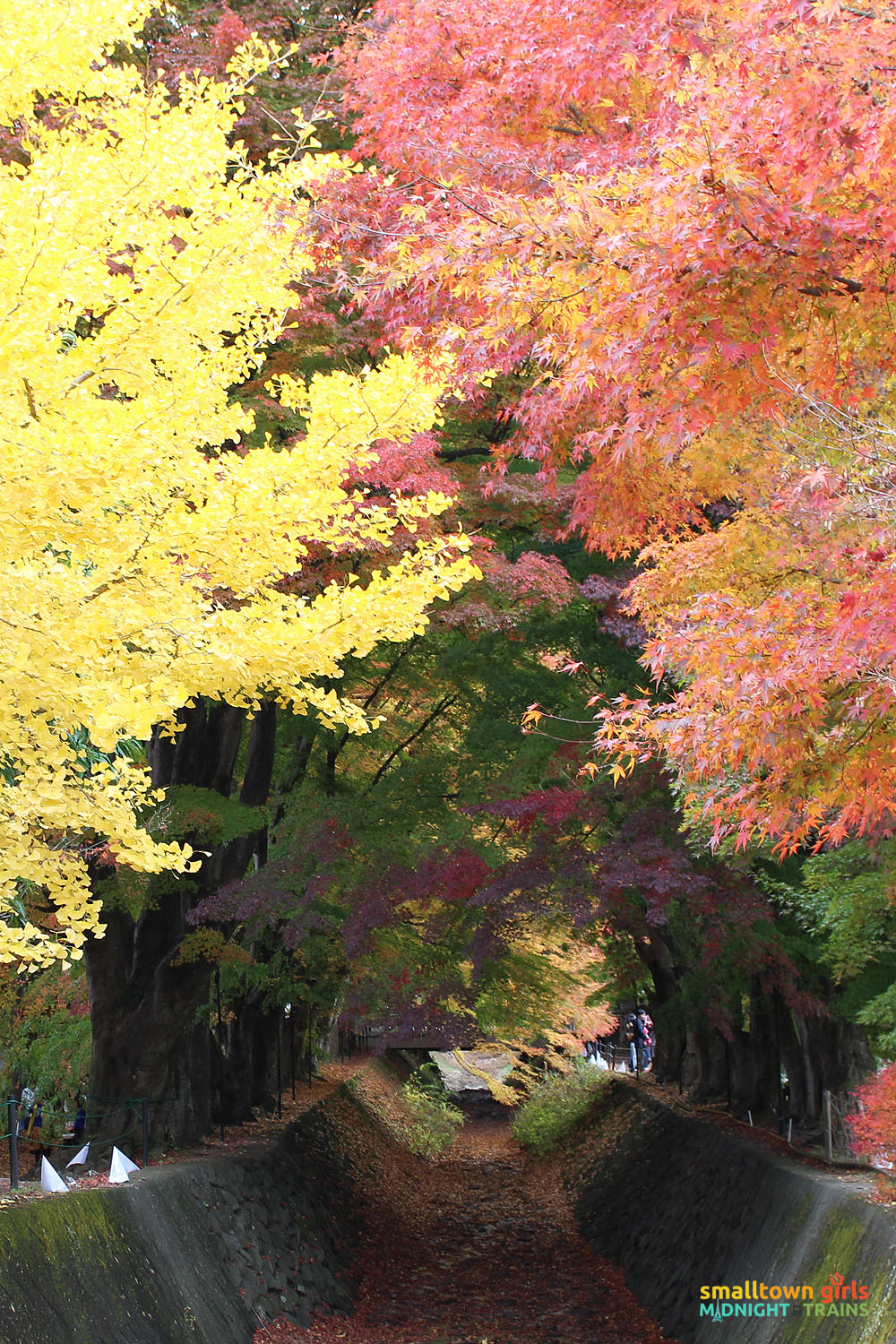
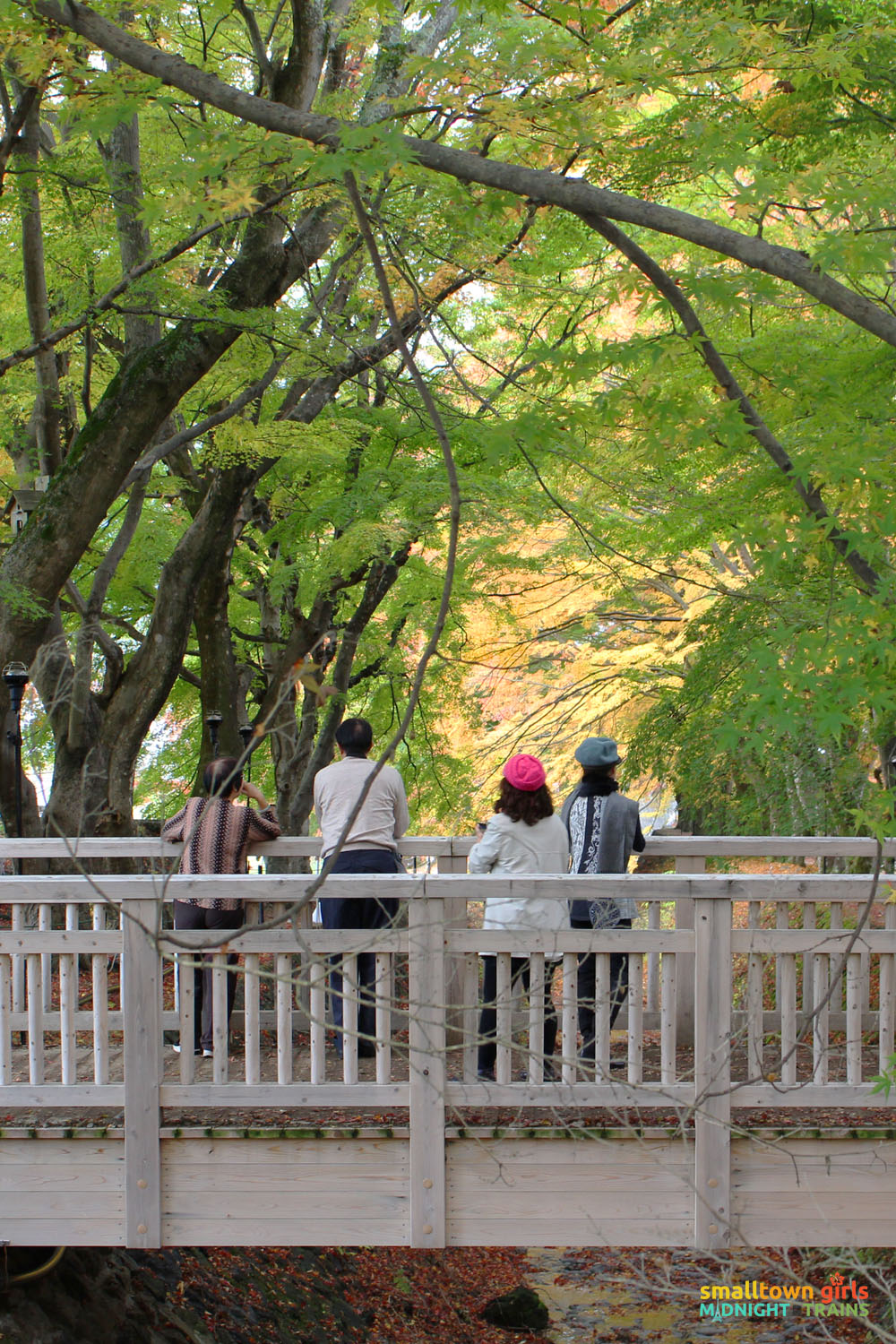

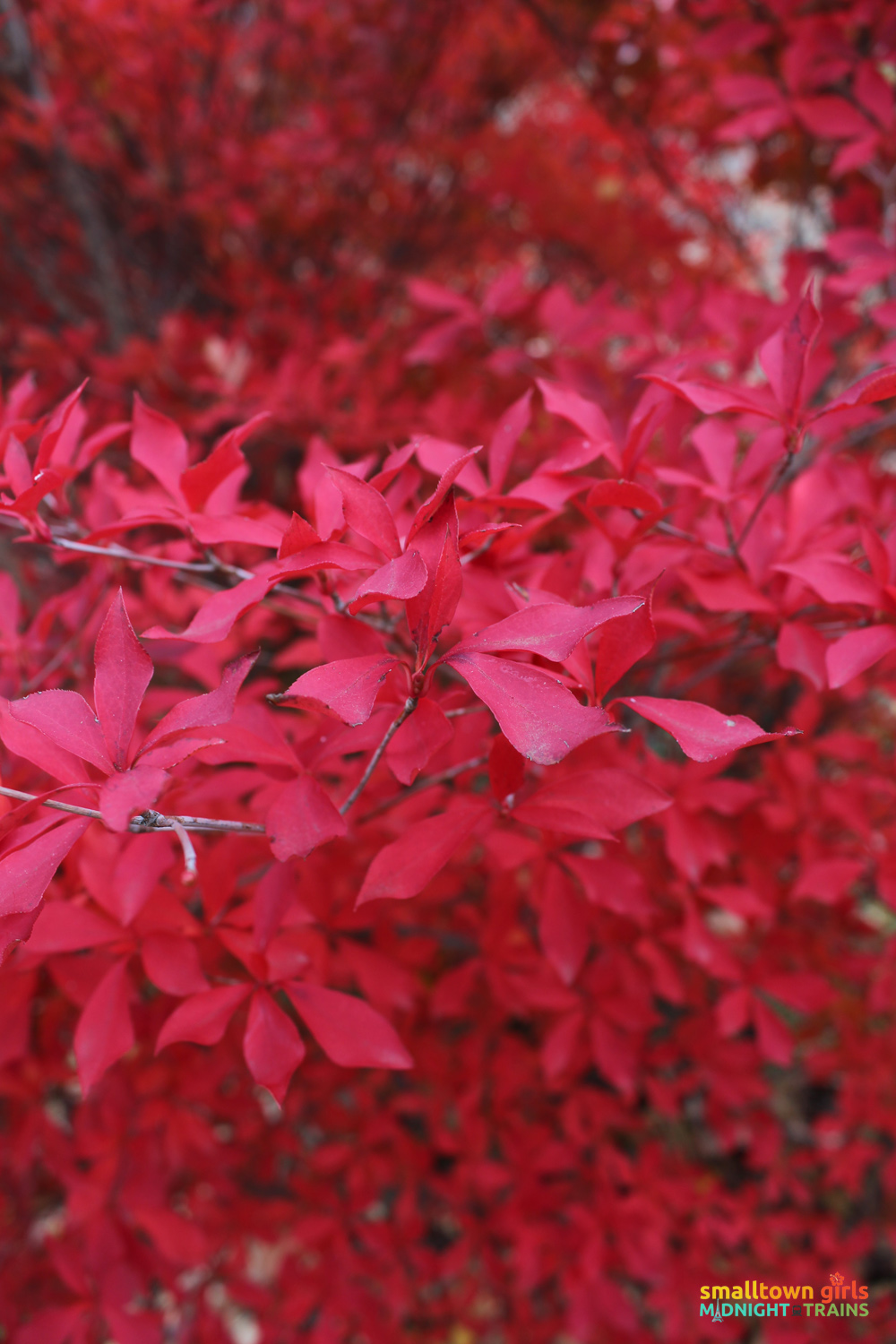
_
And there’s really nothing more I need to say about it.
*
Other places to see around Lake Kawaguchi
_
Mount Fuji and Momiji Kairo aren’t the only places of interest in the Kawaguchiko area.
*
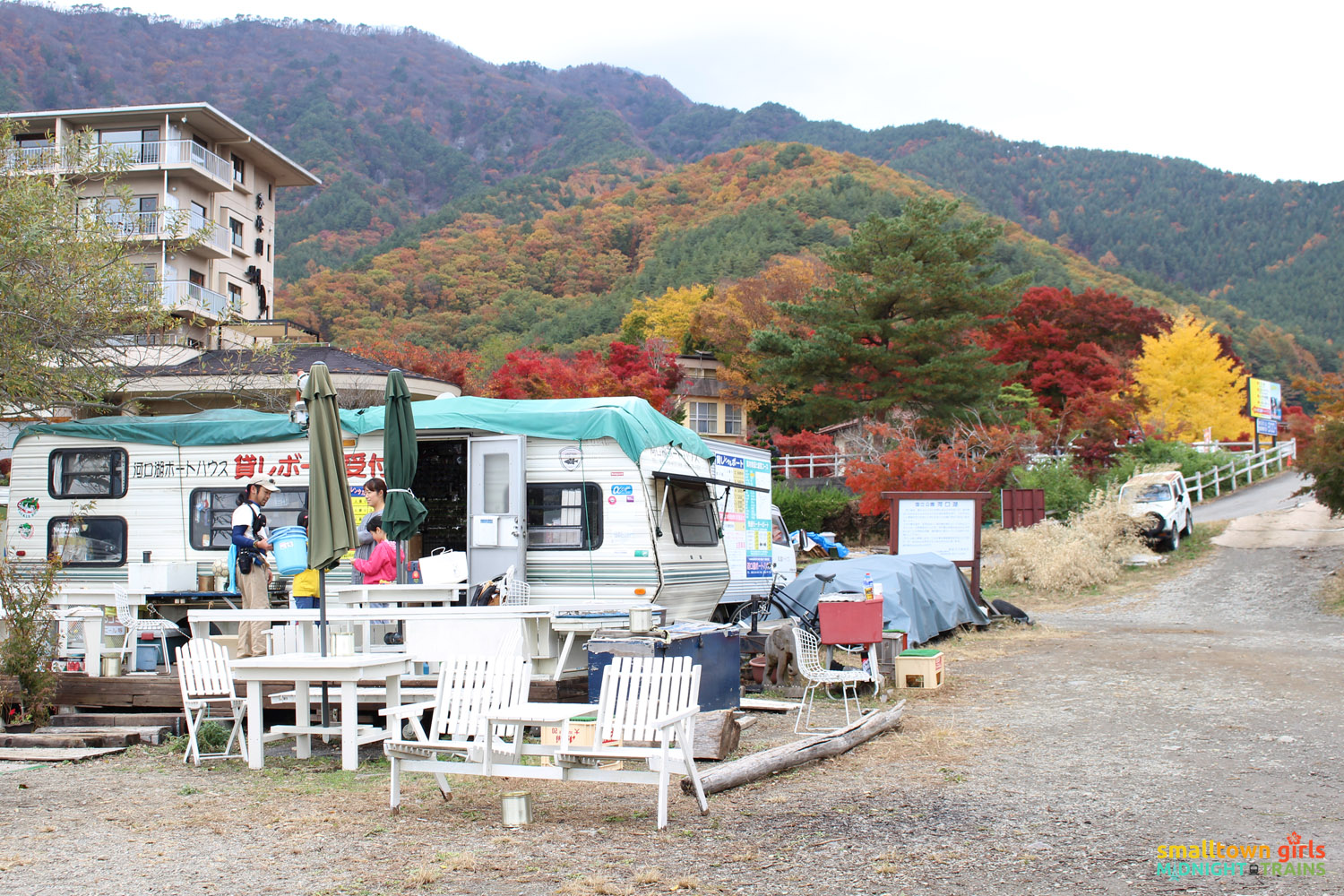
_
The Itchiku Kubota Museum itself is a beautiful place.
*
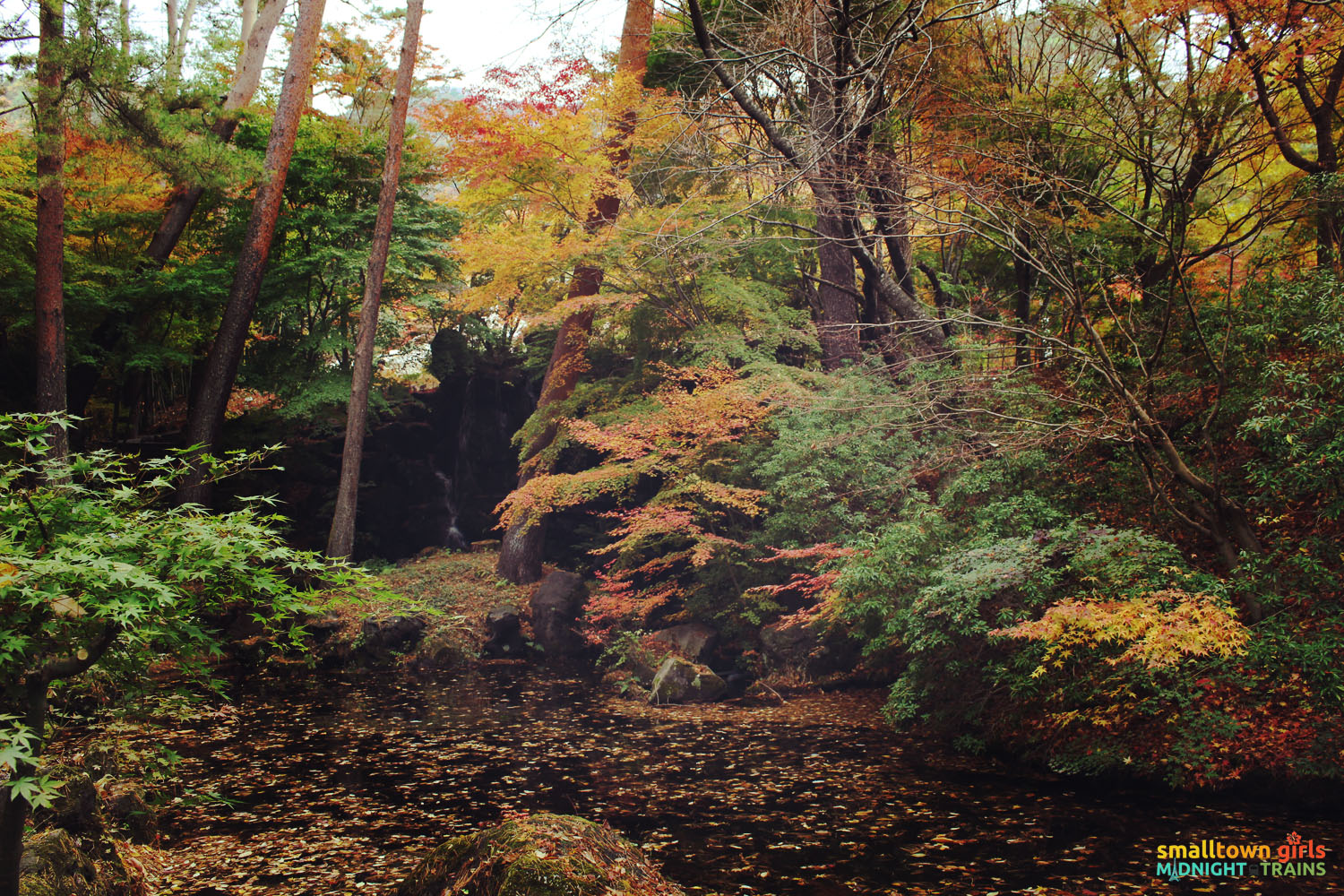
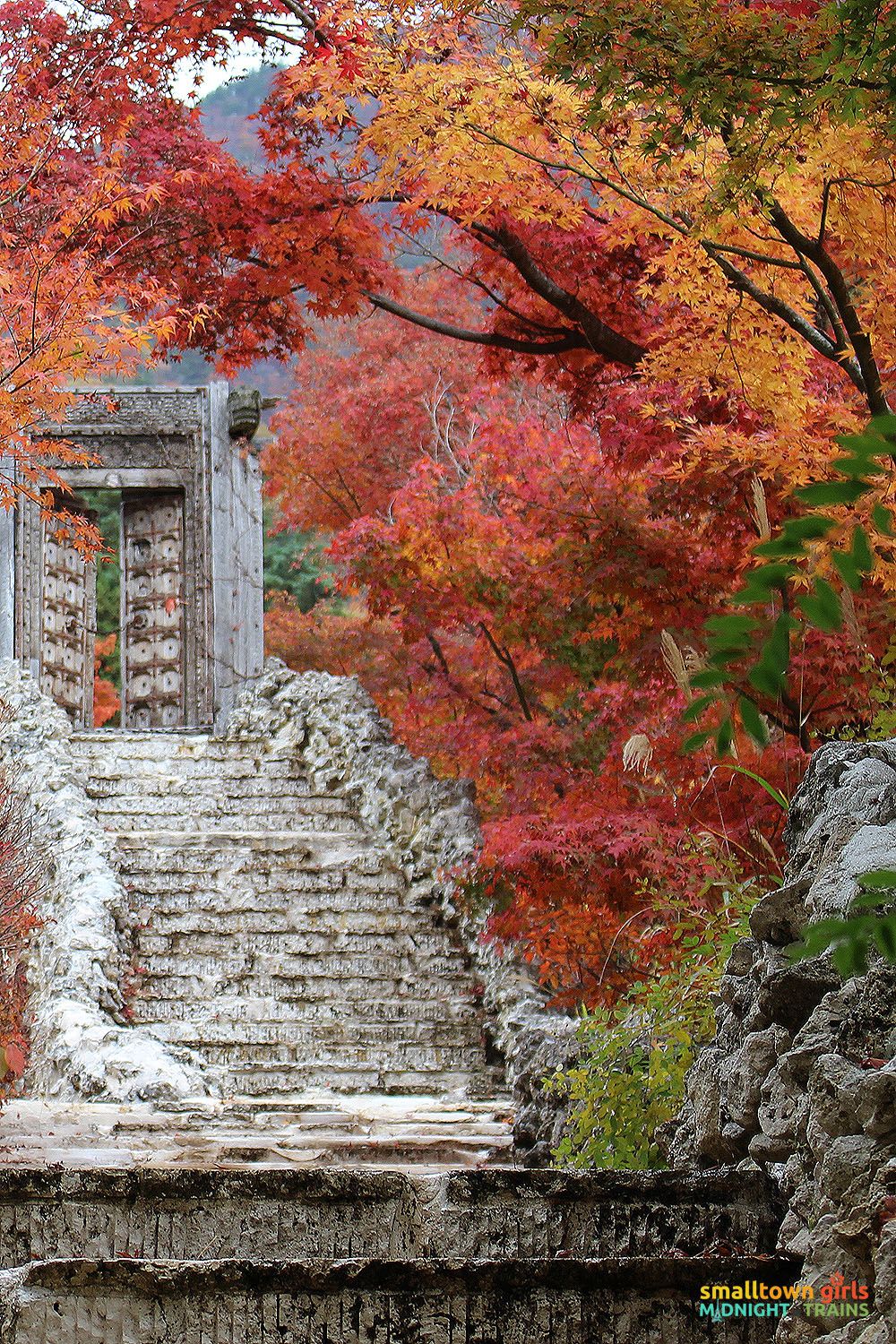
_
And there’s this spot — the name of which I forgot — somewhere between Momiji Kairo and Kawaguchiko Station.
*
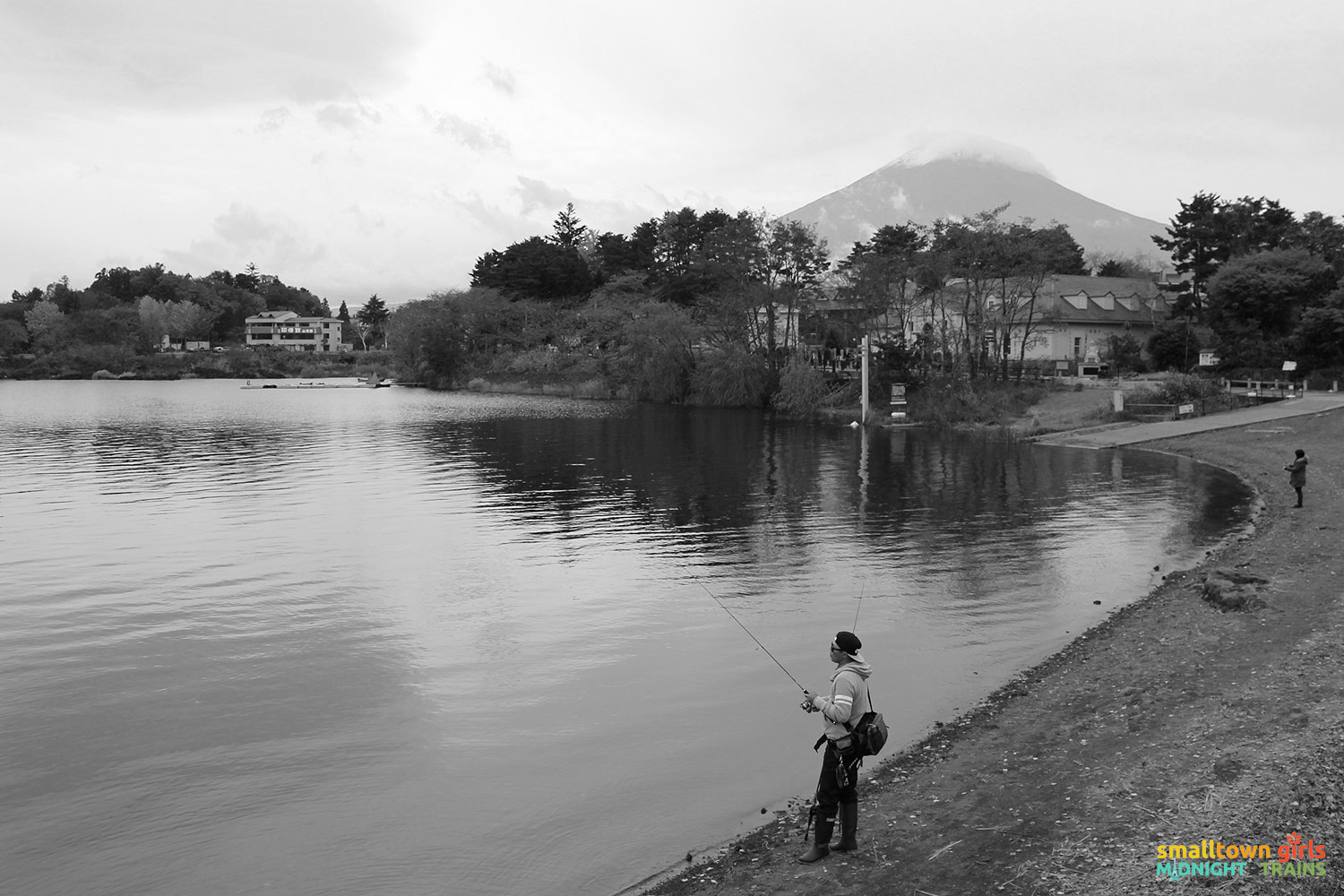
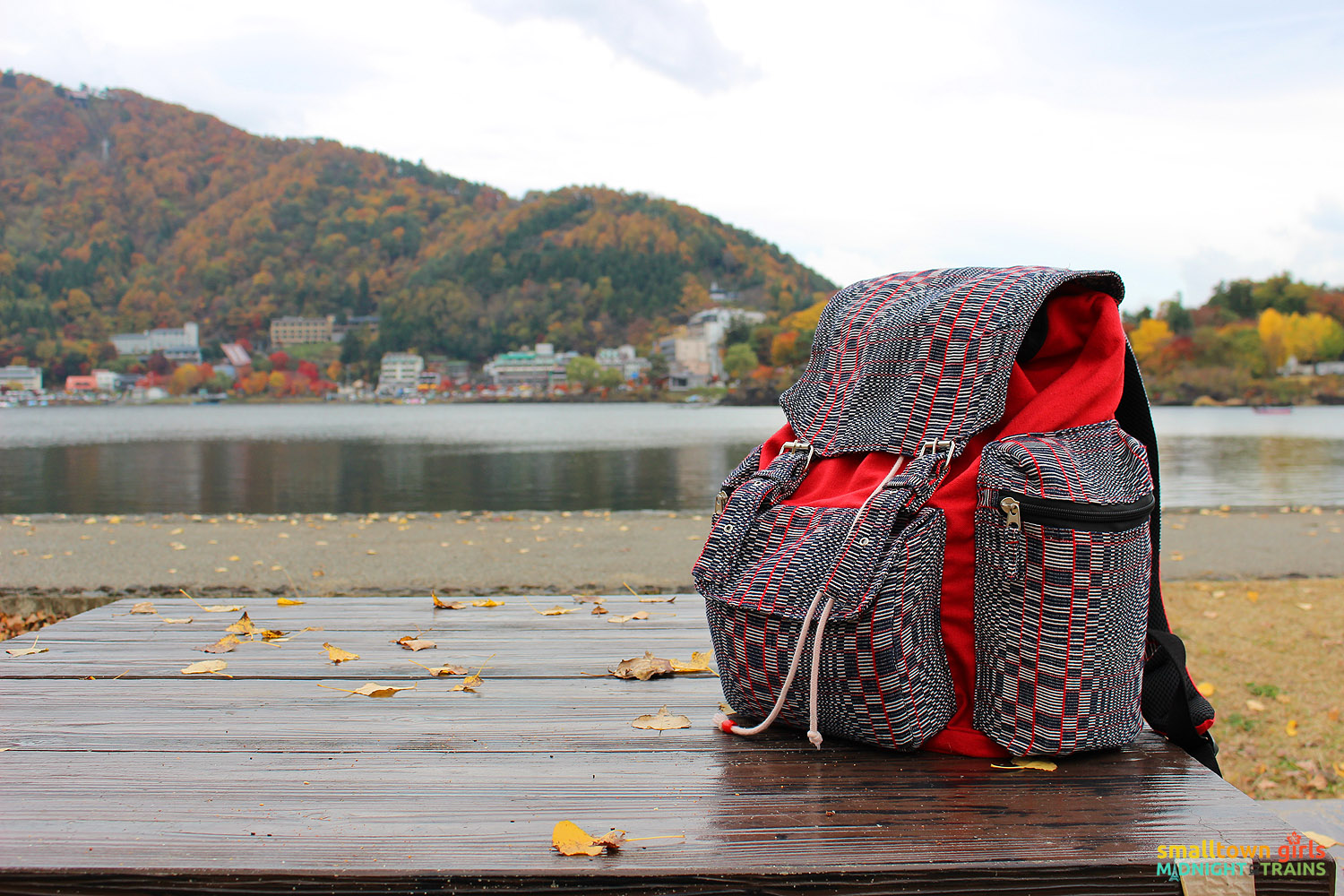
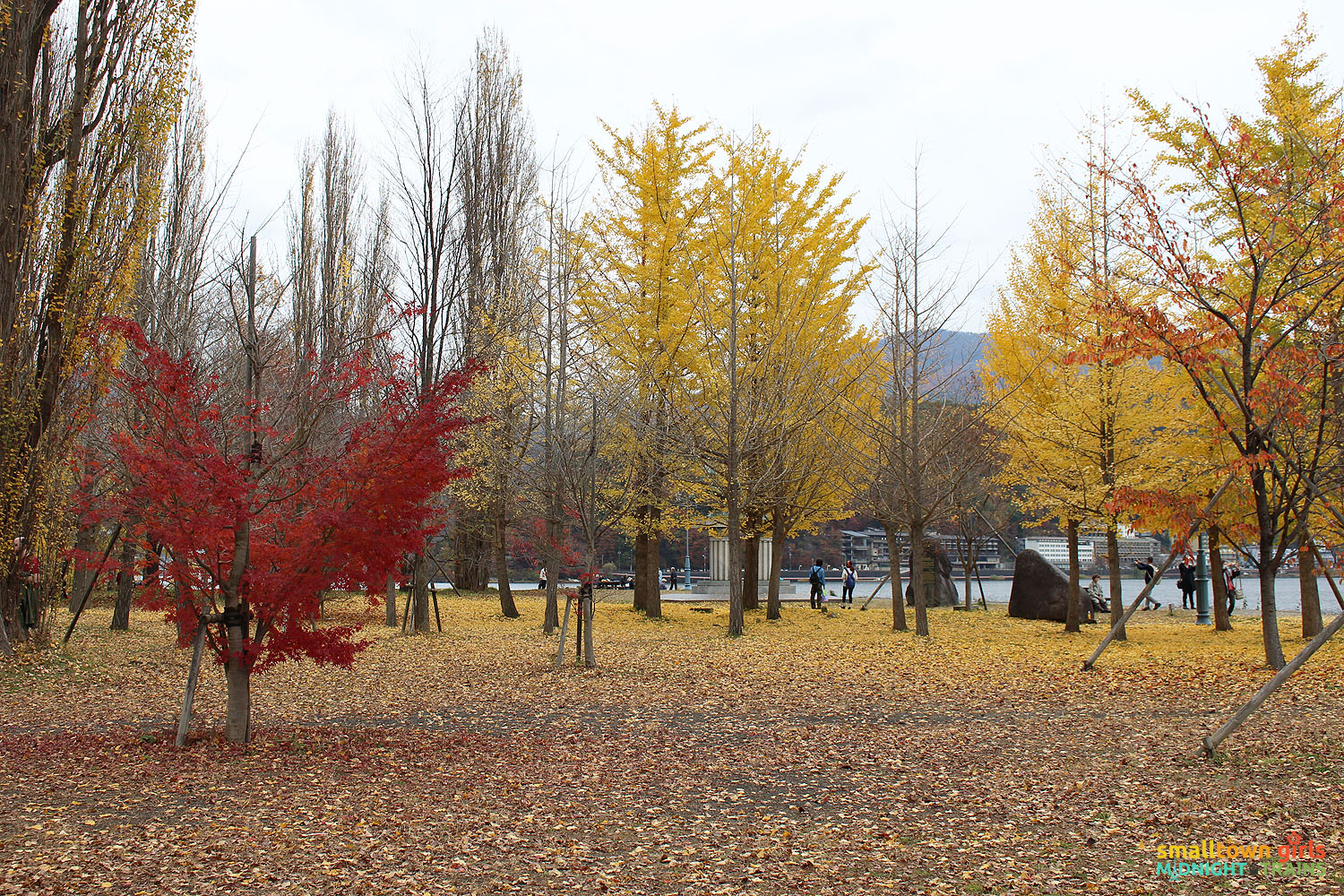
_
If you have the two-day bus pass, there are a ton of places you can get off at and explore. Lake Kawaguchi is really not a bad place to spend some time in and it’s an easy day trip out of Tokyo. If you get the chance, go!
*
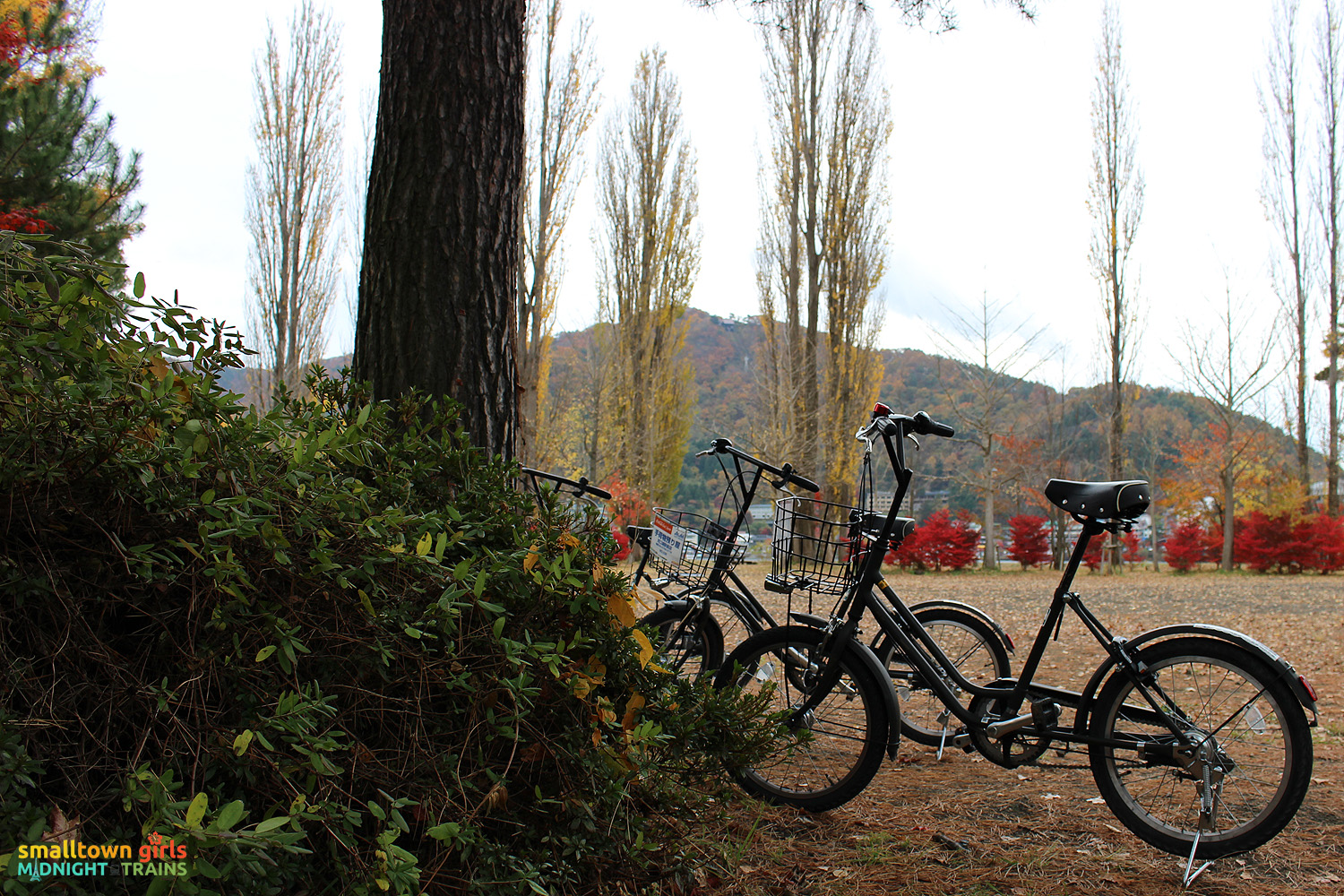
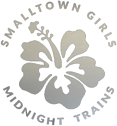
Lake Kawaguchi: Fuji and Fall
© Small-Town Girls, Midnight Trains. All rights reserved. Contents verified as of 29 March 2016.

wow, I’d too feel blessed to see that mountain come out of the clouds as majestic as that… incredible scene… it’s good you looked up to see it… 🙂
Right? 😀 Thanks Alex!
Beautiful!
Thank you!
I’m dying at your first Mt. Fuji shot! Reading about the cloudy cover up and then seeing it…it really did kind of stir something while I read it like I saw the clouds shift to reveal the great Mt. Fuji myself, or something. I don’t know.
Yay I’m glad you felt that way!
lovely photos and colors!I was about to ask how you felt when you finally saw Fuji-san 😀 It happened because it was meant to happen! parang true love diba hehe. 😉
Thank you! True love talaga? Haha!
oo naman! if it’s meant to be, kayo pa rin sa huli haha!
Hu hu. Sige na nga. Makapaghanap nga ng happy ending…….. 😀 😀 😀
hahaha! best of luck to you then ate! 😀 sana mahanap mo na ang iyong pang habangbuhay!
Beautiful fall colors!
They are! Thank you. 🙂